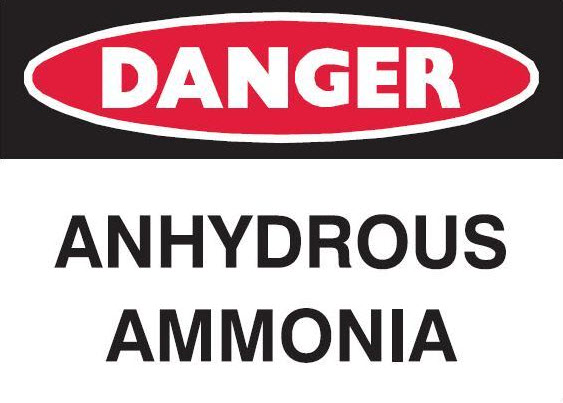 |
BMPs for Storing Anhydrous Ammonia
Good Housekeeping
- Maintain good housekeeping practices. Ensure good housekeeping procedures are followed in the compressor/recycle rooms and in the immediate vicinity of the evaporators. Accumulated supplies, equipment, and debris delay detection of equipment damage or ammonia leaks.
- Maintain complete and accurate piping and instrumentation diagrams (P&IDs) of the ammonia refrigeration system and the equipment manufacturer’s documentation.
- Conduct a periodic process hazard analysis (PHA). PHAs help minimize releases and provide a forum for ammonia system operators to share critical operating knowledge. PHAs are not only a good idea but are also required by OSHA and for facilities subject to EPA’s Risk Management Program requirements every 5 years (or sooner if the facility incurs a major change).
Forget expensive calls to lawyers and consultants. With Enviro.BLR.com, you get instant access, 24/7. Try it out today and get the 2015 EHS Salary Guide, absolutely free. Download Now.
Inspections
- Conduct systems inspections, including:
- Visual inspections—Keep a log of all findings, including photos.
- Leak testing—Test all piping, valves, seals, flanges, and other pertinent equipment at least four times a year. Also, encourage workers to immediately report ammonia odors and investigate any reports immediately.
- Vibration testing—On compressors and pumps, if recommended by the equipment manufacturer.
- Thermal imaging—Infrared thermography helps locate many problems in their early stages, often before they can be seen or found in any other way.
Training
- Provide adequate training. Only fully trained and qualified operators should be permitted to operate ammonia systems. Awareness training should be provided to other facility personnel who work within ammonia refrigerated areas.
Everything You Need for Environmental Compliance
Enviro.BLR.com puts everything you need at your fingertips, including practical RCRA, CAA, CWA, hazardous waste regulatory analysis and activity, news, and compliance tools. Try it at no cost or risk and get a FREE report.
Security
- Educate employees about potential theft events and problems.
- Ensure that all outside ammonia vessels and storage areas are well lit.
- Know ammonia inventory to quickly identify missing quantities.
- Visually inspect all outside vessels and cylinders each morning (especially after weekends or other periods when the facility is unoccupied).
- Consider auditing the facility and setting up a valve protection program for critical valves that would cause a significant release if opened by mistake.
- Consider installing valve locks or fencing, especially for unattended outside vessels or cylinders.
- Install a check valve in the ammonia charging line close to the main control valve.
- Evaluate the benefits of installing lockable, quarter-turn ball or globe valves, or spring-loaded ball or globe valves in series with a manual valve in critical areas (e.g., ammonia supply connection, oil discharge container).
- Report thefts, signs of tampering, leaks, or any unusual activity to local law enforcement officials.
- Consider installing other theft-deterrent measures, such as multi-lingual warning signs, fences, walls, motion detector lights, motion detector alarms, security patrols, and/or video surveillance.
